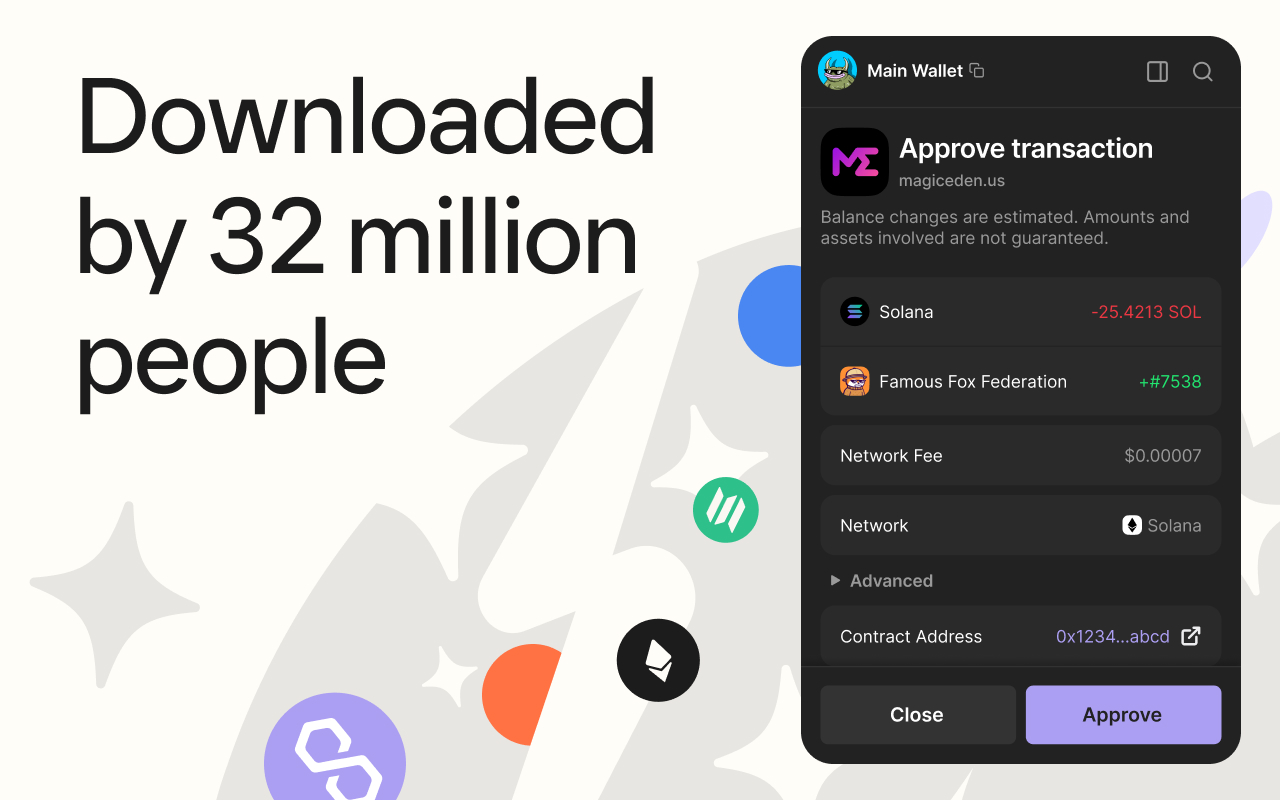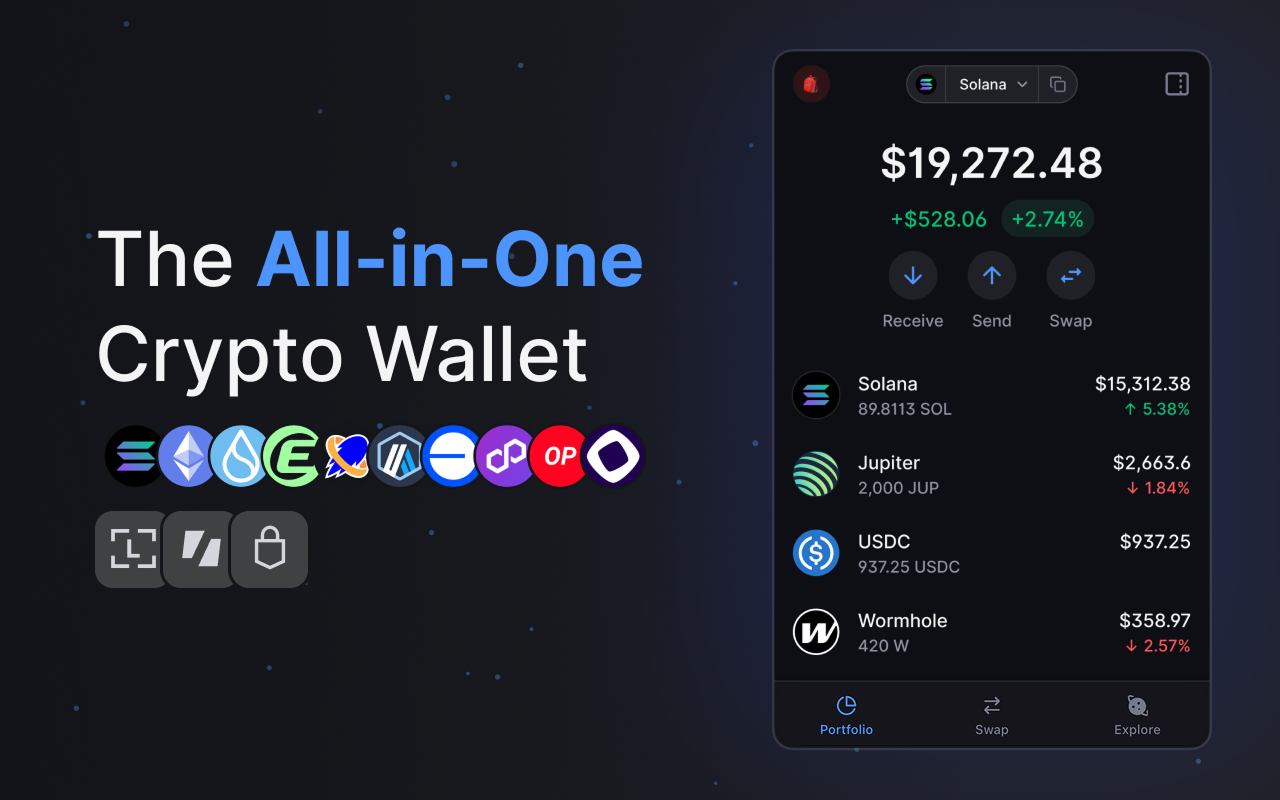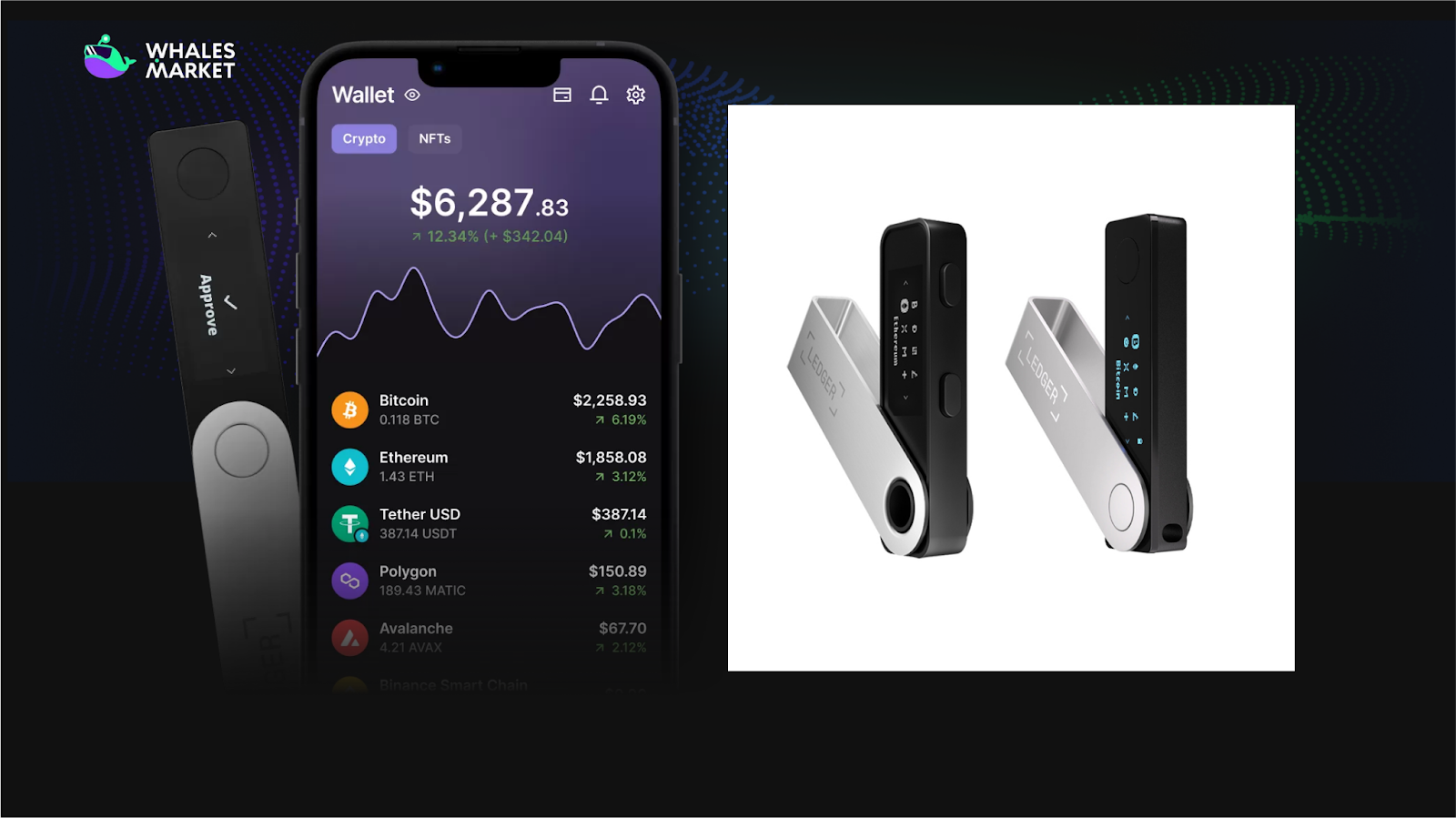The Solana ecosystem is considered one of the most vibrant playgrounds in crypto, with countless opportunities from tokens, memecoins, NFTs, launchpads, and short-term narratives that continuously rotate across the network.
To optimize returns, users shouldn’t just hold assets like SOL on CEXs. Actively participating on-chain and interacting directly with the Solana ecosystem helps capture opportunities more effectively. To do that, choosing and mastering the right Web3 wallet is an essential step.
So, which Web3 wallet is worth using on Solana? Let’s review the pros and cons of some of the top options.
What is Solana Wallet?
Solana Wallet is a wallet that is highly compatible with the Solana network and ecosystem. When choosing a wallet for Solana, users should prioritize the following criteria:
- Security: Prioritize non-custodial wallets (where users manage their own private keys) to avoid third-party risks. Look for wallets with strong security features, including alerts for suspicious links, as users frequently interact with new websites and dApps.
- Ecosystem Integration: Good support for dApps, DeFi protocols, NFT marketplaces, and the ability to stake SOL directly in the wallet.
- Fees: Prefer wallets with no management fees that only charge Solana network fees.
- Multi-Platform Support: Choose wallets that support both browser extensions and mobile apps (iOS/Android) for flexibility and convenience.
Most Solana wallet is non-custodial, allowing users full control over their assets. Many also integrate features such as bridges, swaps, perpetual trading, and on-chain content feeds, helping users manage assets and stay informed within a single interface.
Hot Wallets vs Cold Wallets
Another important concept is the difference between hot wallets and cold wallets.
- Cold wallets provide high security by keeping private keys completely offline, away from online threats. They offer full control over assets, reduce risks from online system vulnerabilities, and are usually compact and portable.
- Hot wallets stand out for convenience. They allow quick access and easy execution of daily transactions, and often support multiple platforms from browser extensions to mobile apps. However, because they stay connected to the internet and interact with many websites, they carry higher security risks.
Summary:
- Cold wallets are suitable for long-term storage of high-value assets, offering stronger security in exchange for higher cost and less flexibility.
- Hot wallets are suitable for frequent transactions, ideal for DeFi users, crypto natives, and degens who need speed, convenience, and flexibility.
Users can also combine both with:
Cold wallets should be used to:
- Store the majority of assets safely.
- Rarely, or almost never, connect directly to dApps.
- Receive assets from CEXs or hot wallets.
- Never enter the seed phrase on unfamiliar websites, extensions, or unofficial apps.
Hot wallets should be used to:
- Trade, mint NFTs, farm, claim airdrops, and connect to dApps.
- Hold only the amount needed for short-term or daily activities.
After understanding the pros and cons of each type, let’s look at some of the top Solana wallets.
Top 5 Solana Wallets
Phantom
Phantom is one of the most popular multi-chain wallets in the Solana ecosystem. Launched in 2021, it has over 15M users and is available as both a browser extension and a mobile app, enabling smooth asset management, transaction signing, and dApp connections.
Key features:
- Multi-Chain Support: Supports Solana, Ethereum, Base, Polygon, Sui, Bitcoin, Monad, and more.
- Deep Solana Integration: Allows users to stake SOL directly in-app without leaving the interface.
- Security: The wallet has a filter to detect malicious transactions, uses an open-source blocklist to block phishing sites, does not track personal identification data, has been audited by Kudelski Security, and maintains a bug bounty for the white-hat community.
- Cross-Chain Swaps & Bridges: Integrated aggregators and bridges enable asset transfers between supported chains with a unified interface and competitive fees.
- Token Pages: A built-in “token feed” that surfaces trending tokens, basic metrics (such as market cap and volume), and sharing options via iMessage, Telegram, and Instagram, making it easier to explore and share opportunities.

Solflare Wallet
Solflare is one of the earliest wallets built specifically for Solana and is optimized for this ecosystem.
Highlights:
- Non-Custodial: Users have full ownership and control of their private keys.
- Multi-Platform: Available on web, browser extension, and mobile apps, suitable for different usage contexts.
- Integrated DeFi & Staking: Supports SOL staking, dApp interactions, and NFT management directly in the wallet. It is compatible with Ledger and includes anti-phishing protections to reduce on-chain risks.

Backpack Wallet
Backpack is a Solana-focused wallet that introduces innovation through xNFTs. Backpack enables xNFTs (Executable NFTs), which function like applications directly inside the wallet (e.g., staking tools or games), reducing the need to visit external websites.
Backpack is available as a browser extension and mobile app, supports multiple chains (including Solana and Ethereum), and allows users to manage tokens, NFTs, and dApps connections in a single interface.
Notable advantages:
- Integration with Backpack Exchange: Instant deposits/withdrawals, automatic address detection, and a volume points system that rewards users for trading and holding assets.
- Mad Lads NFT: An NFT collection by the Backpack team that offers community benefits, priority access, and strong alignment with the Backpack brand reinforcing trust and recognition for the ecosystem.

Ledger
Ledger is the most widely used hardware (cold) wallet and supports Solana. Using the Ledger Live app, users can manage assets and interact with various networks, including Solana.
From a user experience perspective, Ledger Live works similarly to a hot wallet interface (running on desktop or mobile, connecting to dApps, enabling swaps). However, its security model is fundamentally different: self-custody + offline keys, not on an internet-connected device.
Key points:
- SOL Staking: Users can delegate SOL directly through Ledger Live (e.g., to the “Ledger by Figment” validator). This is a Ledger-branded validator, operated in partnership with infrastructure provider Figment.
- Integration with Hot Wallets: Ledger can connect to Phantom, Solflare, or Backpack so users can interact with Solana dApps using Ledger-derived addresses. The hot wallet acts as the interface, while all transaction approvals happen on the Ledger device.
- Security: Every transaction requires confirmation on the physical device. Private keys are stored in a Secure Element and never exposed to the computer, phone, or browser wallet, significantly reducing attack surfaces.

OKX Wallet
OKX Wallet is a product developed by the OKX exchange. It allows users to fully self-custody their assets without relying on any third party to hold their private keys.
Some key highlights of OKX Wallet include:
- Multi-Chain and Asset Support: Supports more than 130 major blockchains such as Bitcoin, Ethereum, Solana, Base, X Layer, and many others.
- Swap and Trading Features: Comes with a built-in DEX offering three modes: Easy (for beginners), Advanced (for professional traders with candlestick charts and analytics tools), and Meme Mode (optimized for meme coins). The wallet connects to over 100 liquidity pools and DEXs to ensure optimal prices and fast execution.
- Earn and DeFi Integration: Allows users to explore and participate in staking, yield farming, and on-chain reward opportunities from hundreds of DeFi projects. The wallet integrates with many DApps, making it easy to access lending, borrowing, and other decentralized financial products.
- NFT Support: Includes a native NFT marketplace for buying, selling, storing, and creating NFTs.

Conclusion
This article has outlined the key differences between hot and cold wallets and summarized the pros and cons of popular Solana-compatible wallets.
With a clearer understanding of wallet types, security models, and ecosystem integration, users can choose the setup that best fits their needs whether that’s a convenient hot wallet, a secure cold wallet, or a combination of both.
FAQs
Q1. How many wallets should I use for Solana?
Most users should use at least two wallets: one hot wallet for daily on-chain activities and one hardware (cold) wallet for long-term holdings. This separation helps limit the damage if a hot wallet is exposed or interacts with a malicious dApp.
Q2. Is it safe to connect my Solana Wallet to new dApps?
It is only relatively safe if you carefully verify the dApp before connecting. You should always double-check the URL, confirm it is the official site, review the permissions requested, and periodically revoke access to dApps you no longer use.
Q3. What features should I look for if I care about airdrops and farming?
If you care about airdrops and campaigns, you should choose wallets that integrate well with Solana-native dApps, support fast and stable transactions, and offer built-in tools such as swaps or bridges. A smooth UX and reliable transaction signing will help you react quickly to new opportunities.
Q4. Do I really need a hardware wallet if my portfolio is small?
If your portfolio is small and you interact frequently on-chain, a reputable non-custodial hot wallet may be sufficient in the short term. However, once your holdings reach an amount you consider significant, you should move a portion to a hardware wallet for stronger protection.
Q5. Can I manage multiple chains in the same wallet without hurting security?
You can manage multiple chains in a single trusted wallet, but you should separate your usage by risk level. It is safer to keep a “clean” wallet for long-term assets and another wallet for testing new protocols, degen plays, and frequent interactions.

